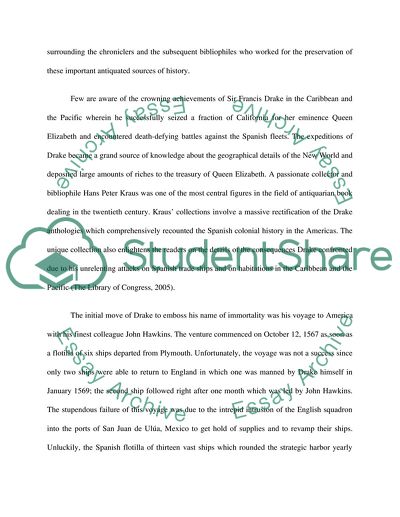Cite this document
(The Worlds Greatest Naval Explorers Named Sir Francis Drake Essay, n.d.)
The Worlds Greatest Naval Explorers Named Sir Francis Drake Essay. Retrieved from https://studentshare.org/history/1714043-project-1
The Worlds Greatest Naval Explorers Named Sir Francis Drake Essay. Retrieved from https://studentshare.org/history/1714043-project-1
(The Worlds Greatest Naval Explorers Named Sir Francis Drake Essay)
The Worlds Greatest Naval Explorers Named Sir Francis Drake Essay. https://studentshare.org/history/1714043-project-1.
The Worlds Greatest Naval Explorers Named Sir Francis Drake Essay. https://studentshare.org/history/1714043-project-1.
“The Worlds Greatest Naval Explorers Named Sir Francis Drake Essay”, n.d. https://studentshare.org/history/1714043-project-1.


